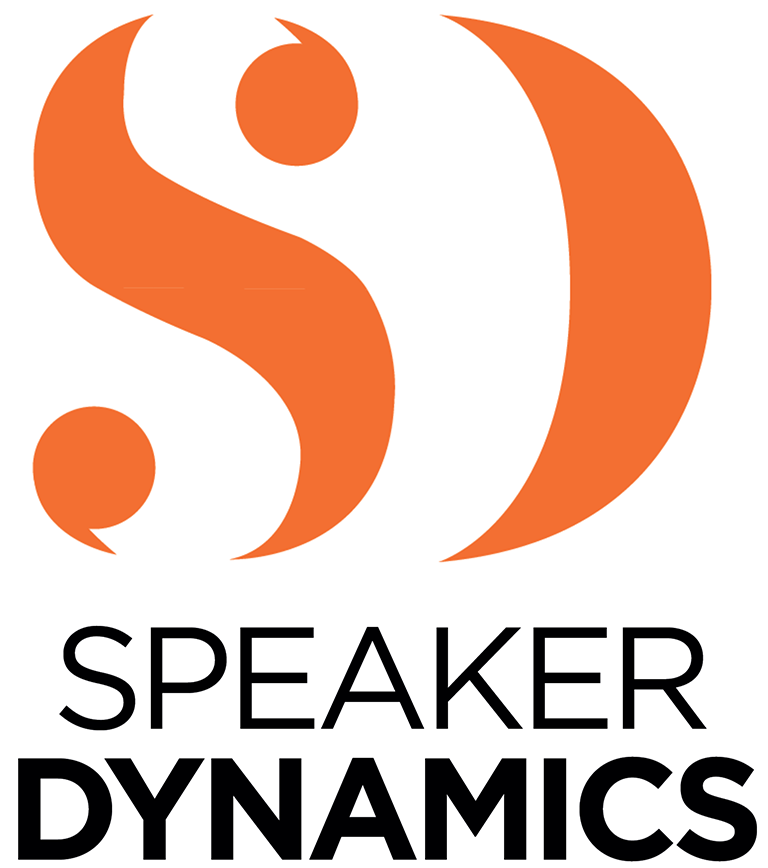By the time you get in front of the camera, presumably you have practiced your script enough so that you know when you are nearing the end. As you near the finish line, your brain may be starting to think it’s time for celebration, but it actually should be waving the caution flag: danger ahead!
Your ending is the portion of your performance where you need to focus the most. The last 30 seconds of any on-camera performance are full of potential potholes.
The Runaway Train Ramble
Even if you have carefully modulated the pace of your delivery for your entire performance, the desire to speed up at the end is almost irresistible. You are so close! But think about what that means for your viewers. So far, you have done everything in your power to tailor your message and its delivery to them. Picking up your pace does them a disservice.
In another blog, I wrote about the value of marking reminders in your script to pause. They can take the form of a hyphen, an … or even a written out (PAUSE). Now is a time when your visual cues become even more valuable. You may not feel like pausing, but you know those marks are there for a reason. Rely on them to keep you on track.
Mentally Moving On
Just like a marathoner who trips 50 yards from the finish line, it is all too easy to allow your mind to look beyond the performance and already start celebrating. Unfortunately, that fleeting loss of focus can cause you to flub and force you to have to do another take.
You have already put in a yeoman’s effort to get this far into your performance. See it through to the very end.
Stopping the Performance before the Real End
You may think your job is done as soon as you utter the last word of your script. Not true. You may have nothing left to say, but you have to sustain that connection with your audience until the crew indicates you are finished. They may say “cut” or “clear”—the terminology varies—but the point is that you should stay in your spot and maintain eye contact with your viewer until you are told the camera is no longer live.
Too often, novices do at least one of the following immediately after they say their final words:
- Their facial expressions shift dramatically to reflect how they felt about their performances. Often, negative thoughts manifest themselves as grimaces, eye rolls, or even projected tongues—totally true!—not the lasting impression they want to leave with viewers.
- They look off camera as if asking “Am I done?” or “Do I need to do it again?”
- They make the decision for themselves that they are finished and walk quickly off the set.
Your words are only part of your performance. Your body language speaks volumes, too, and if you are advertising displeasure or uncertainty with the experience, your audience will read that easily.
Everyone Likes a Happy Ending – Especially Editors!
If the performance is going to be edited, there is an even greater need to stay engaged until you are told to stop. The editor will need a few seconds after your final words to either fade to black or cut to another piece of video.
If you immediately let your guard down, make a face, or walk out of the shot, the editor will have to cut off your performance too abruptly. It will look and sound awkward. At a minimum, count “one-thousand-one, one-thousand-two” in your head to give your editor a bit of a buffer.
Follow-Through
If you play sports, now or as a child, you’ve undoubtedly heard from one or more of your coaches about the importance of proper “follow-through.” I remember as a kid how I often wondered, “What’s it matter what I do after the throw, the swing, or the shot – the ball’s out of my hand or I’ve already hit it with the racket, club, or bat? What’s the big deal?”
The big deal is the follow-through can void all of the good work you did prior to that. A good follow-through ensures the mechanics stay true. The same goes for on-camera performances. Follow-through is critical. As you near the finish line, don’t hesitate. Maintain forward momentum to the end.
Learn More: On-Camera Coach
If you found this information valuable, check out my book, On-Camera Coach: Tools and Techniques for Business Professionals in a Video-Driven World, now available from Wiley Publishing. On-Camera Coach aims to take the mystery out of communicating through the camera and provides specific tips and techniques that can make your message sing—and you, the messenger, feel confident in a job well done.

